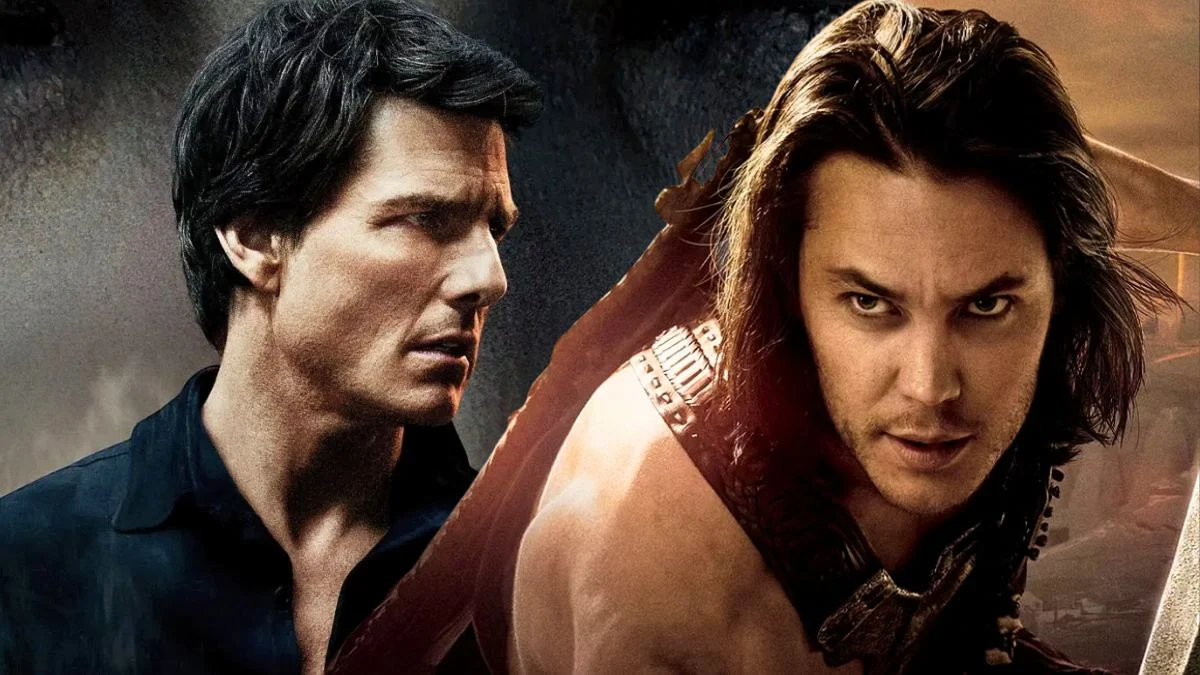
As a lifelong movie fan, I’ve always been fascinated by those roles that were *supposed* to be career-making – the ones with huge budgets, massive hype, and everything riding on them. But sometimes, despite all that, they just…didn’t work. It’s not usually about the actor being untalented, it’s about how those big expectations crashed and burned at the box office, led to disappointing awards seasons, and ultimately, derailed whatever plans everyone had for a franchise or a big comeback. It’s a tough thing to watch, honestly – seeing so much potential fall flat.
Each analysis looks at specific financial outcomes – how much movies cost, how much they earned, and the consequences of their performance. We’ll explore both big flops and movies that simply didn’t meet expectations, despite being heavily promoted as major releases. The financial results clearly explain why these films are considered failures.
Taylor Kitsch in ‘John Carter’
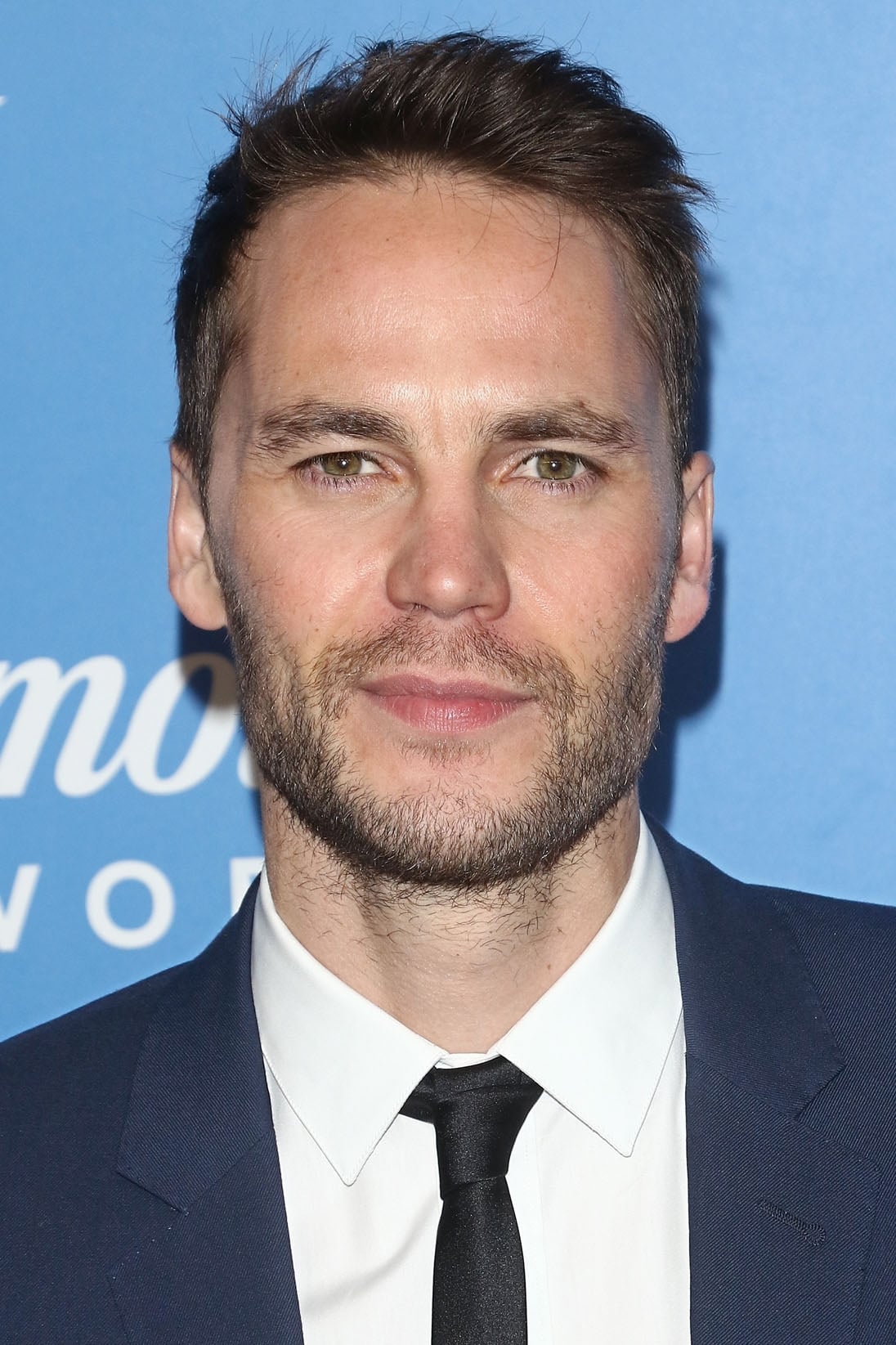
Disney invested over $200 million making the movie ‘John Carter’ and spent tens of millions more promoting it worldwide, hoping to launch a new science fiction hero. However, the film only earned around $250 million globally, which wasn’t enough to cover its costs. As a result, Disney reported a substantial loss and cancelled any plans for sequels.
I remember when Kitsch was supposed to be the next big thing after his TV work – everyone thought this movie would launch him into superstardom. But when it didn’t do well, it totally changed things. Instead of leading roles in big franchises, he started focusing on being part of larger ensembles and taking supporting roles. It just goes to show how one expensive movie can completely alter an actor’s career path.
Eddie Murphy in ‘The Adventures of Pluto Nash’
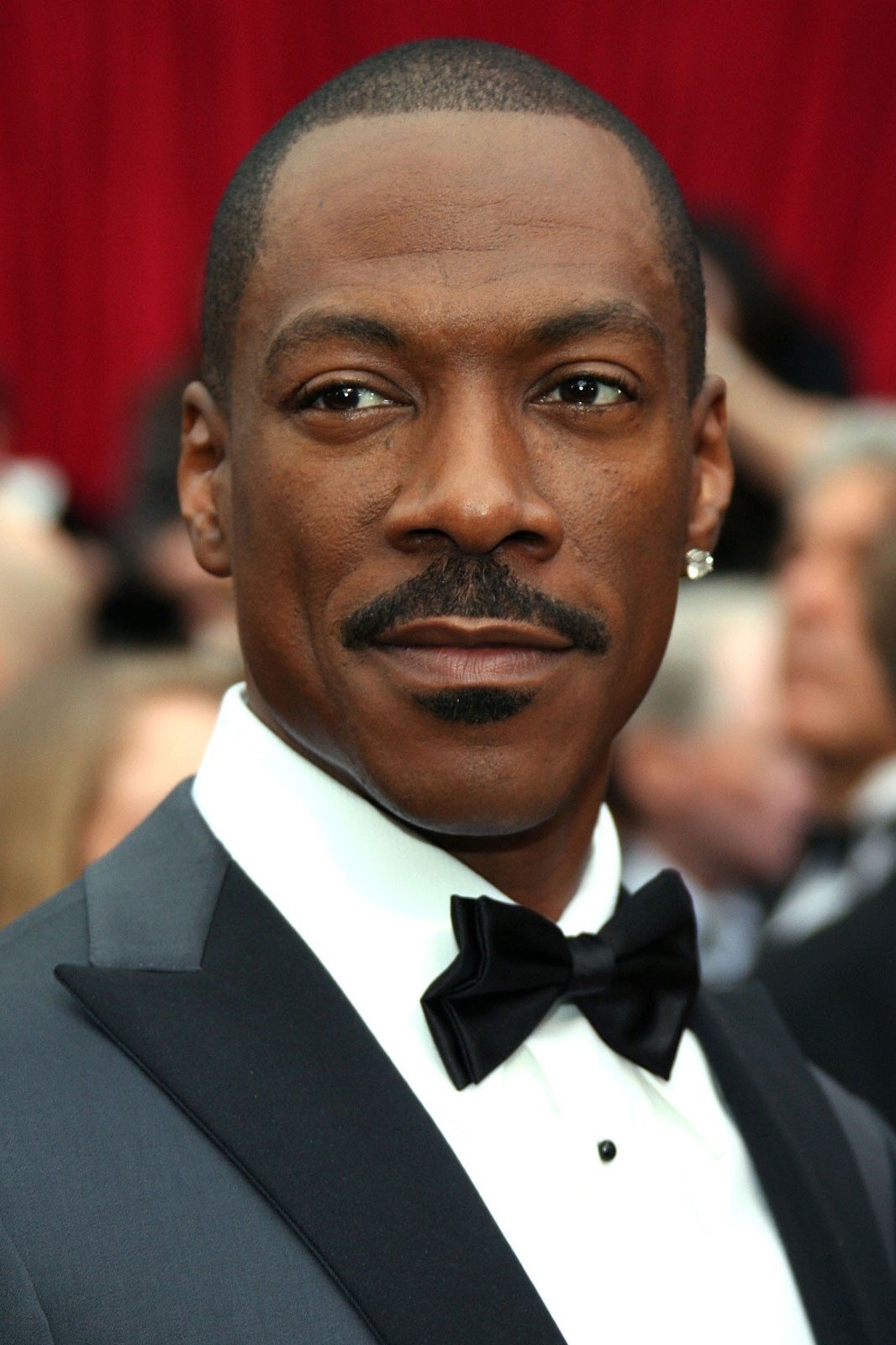
‘The Adventures of Pluto Nash’ cost around $100 million to make, but it only earned a few million dollars worldwide at the box office. This made it a huge financial failure – one of the biggest for a widely released movie at the time – and it’s often cited as an example of a costly science fiction comedy that didn’t succeed.
Eddie Murphy’s films consistently attracted large audiences, and this movie was intended to appeal to everyone. However, its disappointing performance discouraged studios from investing heavily in similar big-budget projects starring major actors. It demonstrated that a film’s success or failure can significantly impact how much money studios are willing to spend on a star’s future movies and the types of projects they choose.
Halle Berry in ‘Catwoman’

‘Catwoman’ was a big-budget summer movie released internationally with high expectations. However, it didn’t earn enough money worldwide to cover its production costs, and its performance in areas like DVD sales and streaming was lower than other superhero movies released around the same time.
Halle Berry surprisingly accepted a Razzie Award for her performance, highlighting how poorly the film was received. Plans for sequels and team-ups were cancelled, and the character later reappeared in different movie series instead of continuing the story from this one.
Ryan Reynolds in ‘Green Lantern’
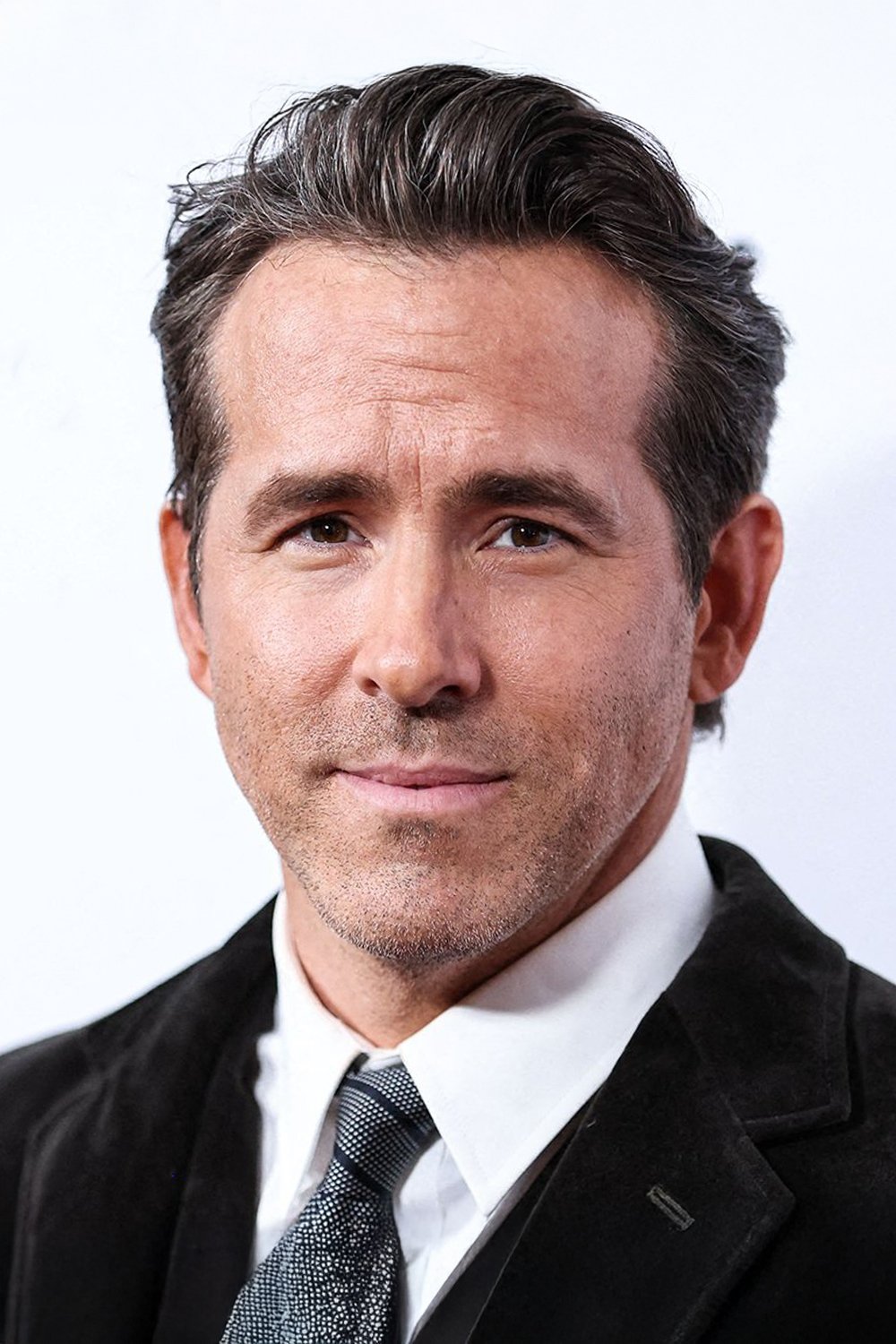
As a huge movie fan, I remember when ‘Green Lantern’ came out – it had a massive budget, reportedly around two hundred million dollars, and tons of special effects. Sadly, it just didn’t make enough money at the box office. It barely covered what it cost to make, and once you factor in everything else – getting it into theaters, advertising – it really struggled to turn a profit. It was a real disappointment, honestly.
The movie was initially intended to launch a franchise with plans for sequels, merchandise, and a broader cinematic universe. However, due to disappointing performance, the studio canceled any direct follow-ups and eventually reimagined the character in a separate project. Ryan Reynolds then moved on to another superhero role that was made more successfully with a smaller budget.
Kevin Costner in ‘The Postman’
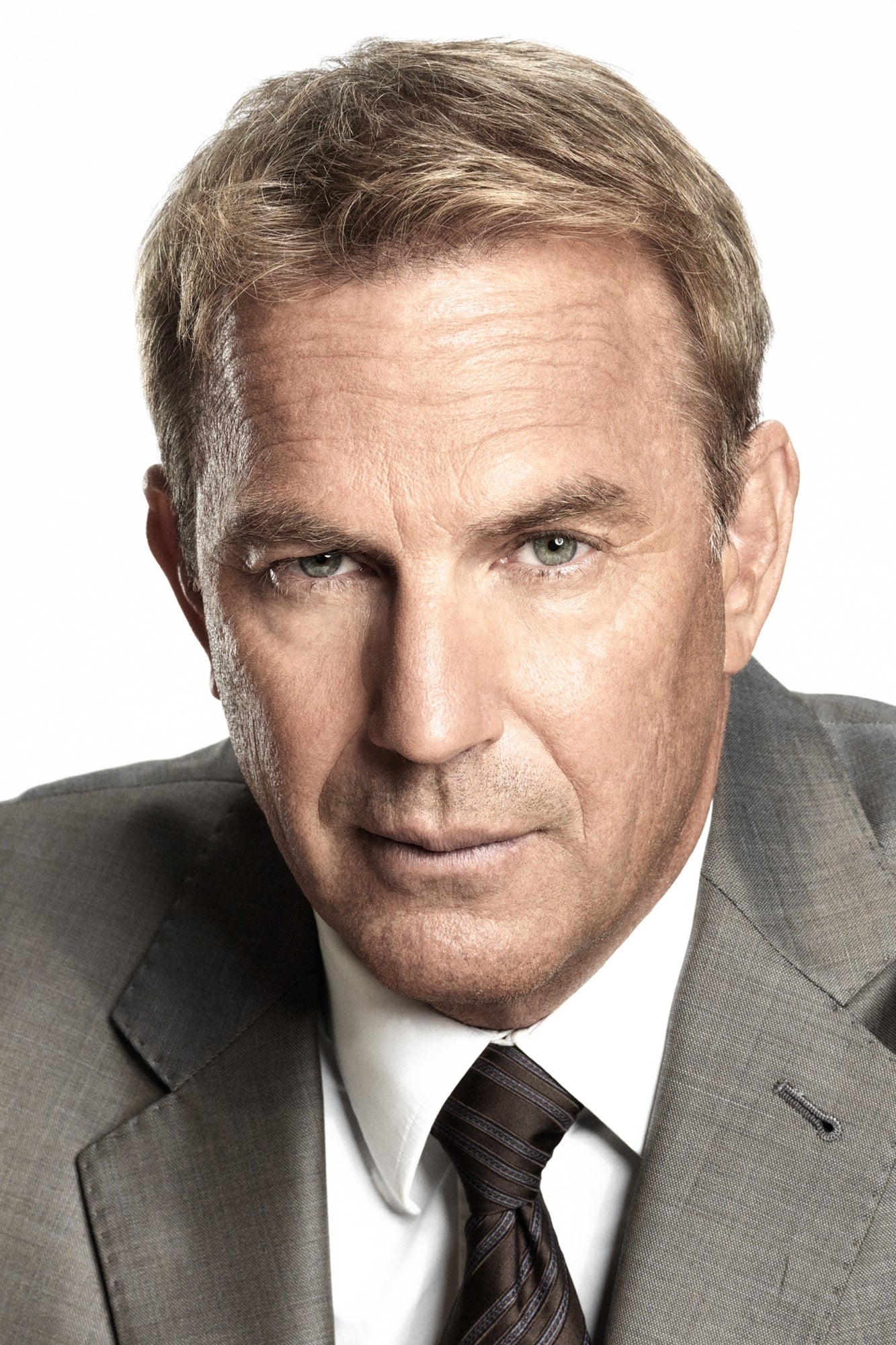
The movie ‘The Postman’ cost approximately eighty million dollars to make and was released during the holiday season. However, it only earned about twenty-five million dollars domestically, with international sales also being relatively low. This resulted in a significant financial loss, as the film failed to recoup its production costs.
After a previous film packed with special effects failed to make much money, this movie was another big, risky attempt that didn’t succeed at the box office. As a result, studios became hesitant to fund similar, costly, post-apocalyptic films starring Costner. The movie is now often used as an example of how a long running time and a high price tag can discourage audiences from going to the theater.
Ben Affleck in ‘Gigli’
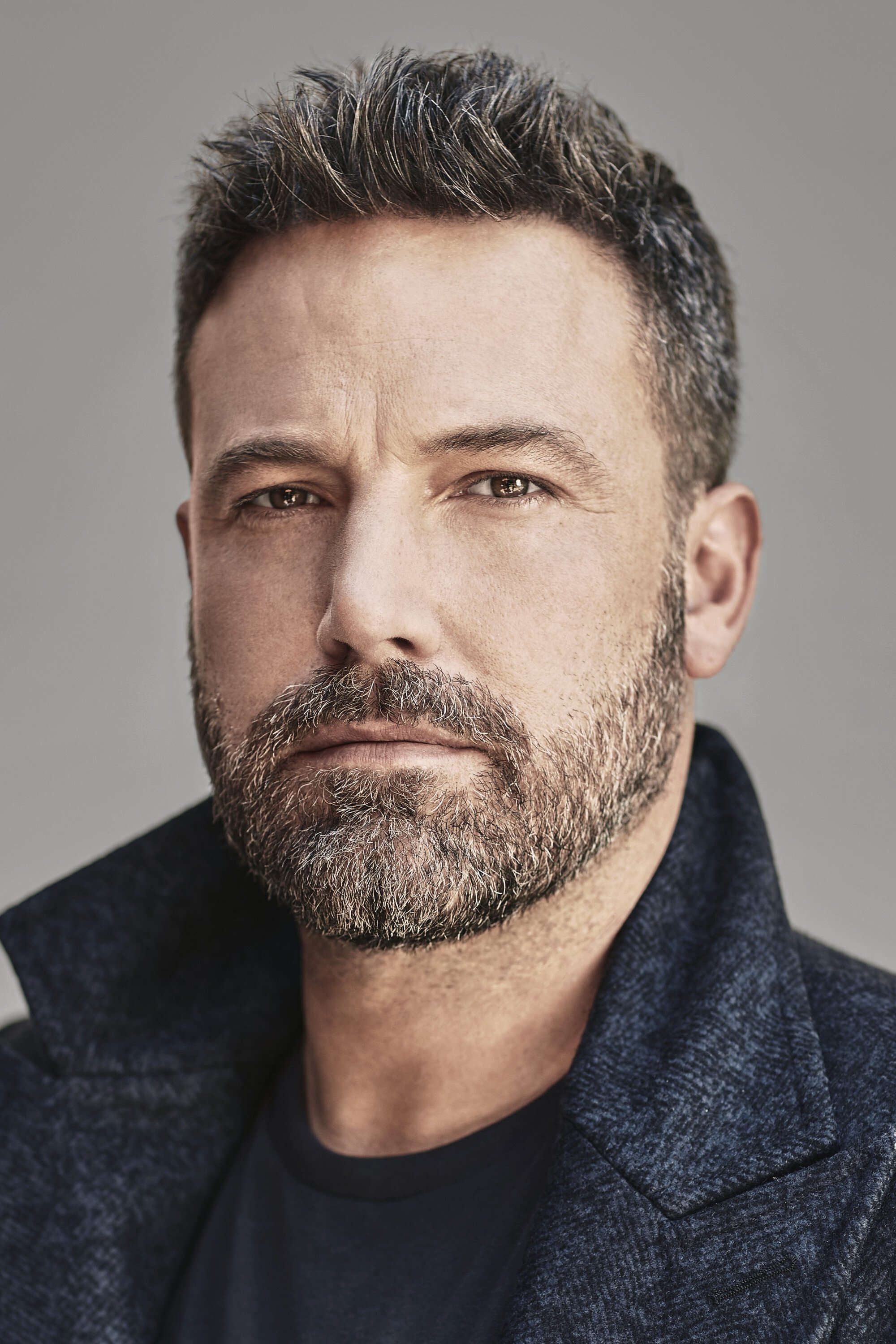
‘Gigli’ cost between $80 and $99 million to make and was released widely in late summer. However, it only earned around $10 million worldwide, falling far short of its production and marketing costs. As a result, it was quickly pulled from theaters after audiences rapidly declined each week.
The news caused plans for future projects and schedule changes for both actors to be scrapped. Affleck then focused on directing and smaller roles before returning to big action films, demonstrating how carefully choosing projects can help regain success after a disappointing release.
Johnny Depp in ‘The Lone Ranger’

‘The Lone Ranger’ cost over $200 million to make and was heavily advertised around the world. However, it only earned around $250 million globally, meaning it wasn’t very profitable after production and marketing costs were taken into account.
The movie was initially promoted as a fresh, live-action adventure created by a well-respected team. However, ticket sales were disappointing, plans for future installments and related products were cancelled, and the studio largely avoided making similar Western-style adventure films for several years.
Colin Farrell in ‘Alexander’
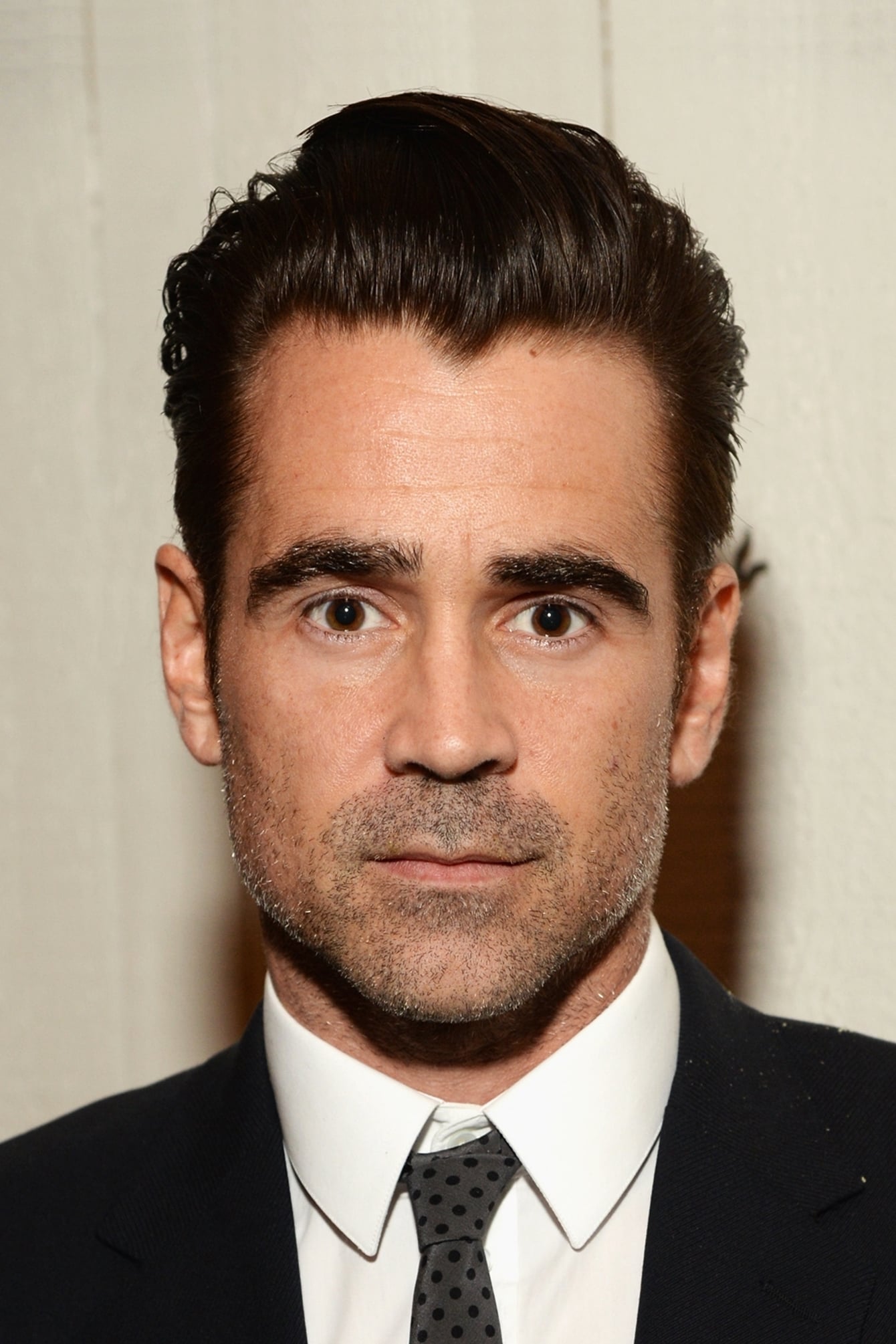
The movie ‘Alexander’ premiered in theaters with a budget of around $150 million and a significant marketing campaign aimed at awards season. While it earned approximately that much globally, its performance in the United States was weaker than expected, meaning it needed additional revenue from sources like streaming and DVD sales to become profitable.
After its time in theaters, several different versions of the film were released on video, helping it stay popular for longer. However, despite these releases, the movie didn’t earn enough money in theaters to justify making sequels. As a result, Colin Farrell’s next major roles focused on thrillers and serious dramas instead of large-scale historical adventures.
Geena Davis in ‘Cutthroat Island’
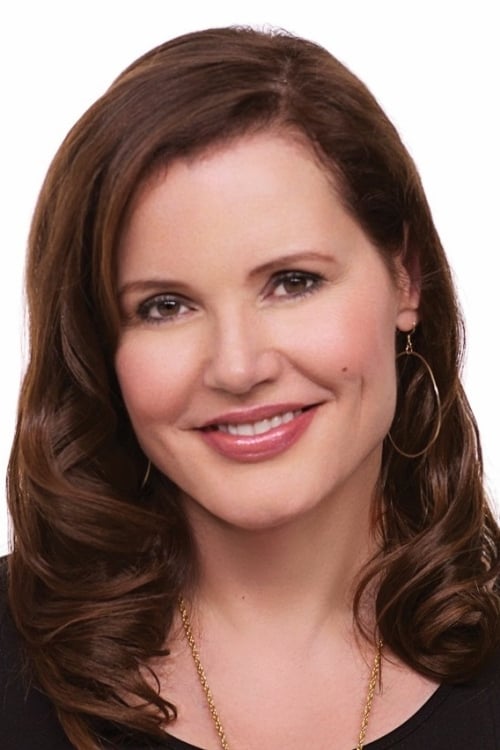
‘Cutthroat Island’ was a very expensive movie to make, costing almost $100 million – a huge amount for a pirate film released in the mid-1990s. However, it only earned about $10 million worldwide, and its poor performance led to the financial failure of the company that made it.
Honestly, after this movie didn’t quite take off like everyone hoped, Hollywood seemed to lose interest in big-budget pirate films for a long time. Director Roman Polanski moved on to doing more TV and smaller projects, and it wasn’t until another pirate series proved to be a massive hit years later that studios even considered spending big money on them again. It felt like this film really set the bar, and it took a while for another franchise to clear it.
Jared Leto in ‘Morbius’
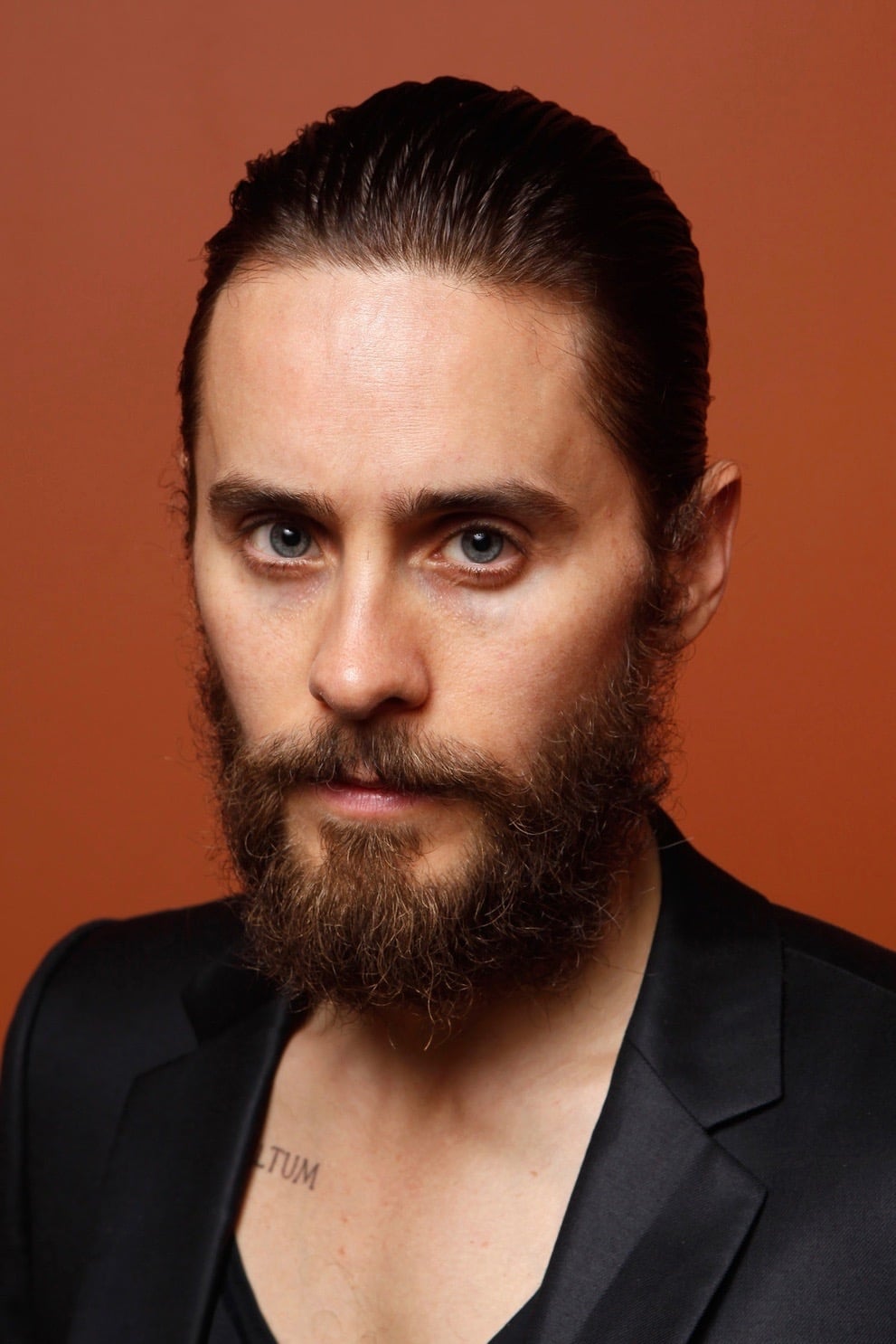
The movie ‘Morbius’ cost about $75 million to produce and initially topped the box office, but quickly lost viewers. While it eventually earned over $160 million globally, that wasn’t enough to make a significant profit after factoring in the cost of marketing.
The movie returned to cinemas boosted by online memes, but this didn’t significantly increase its overall earnings. Ideas for quickly connecting characters in different films were put on hold, and the studio began carefully planning how to build a shared universe for its movies.
Channing Tatum in ‘Jupiter Ascending’

‘Jupiter Ascending’ cost over $100 million to make and its release was delayed while visual effects were completed. Although it earned over $100 million worldwide, that wasn’t enough to cover its total expenses, including the cost of distributing and advertising the film.
The idea was to create a new, expansive universe with lots of opportunities for related products. However, after the initial release, plans for a sequel were dropped, and the main actors chose projects that were either already well-known or had more reasonable budgets, offering a better balance between potential reward and financial risk.
Miles Teller in ‘Fantastic Four’
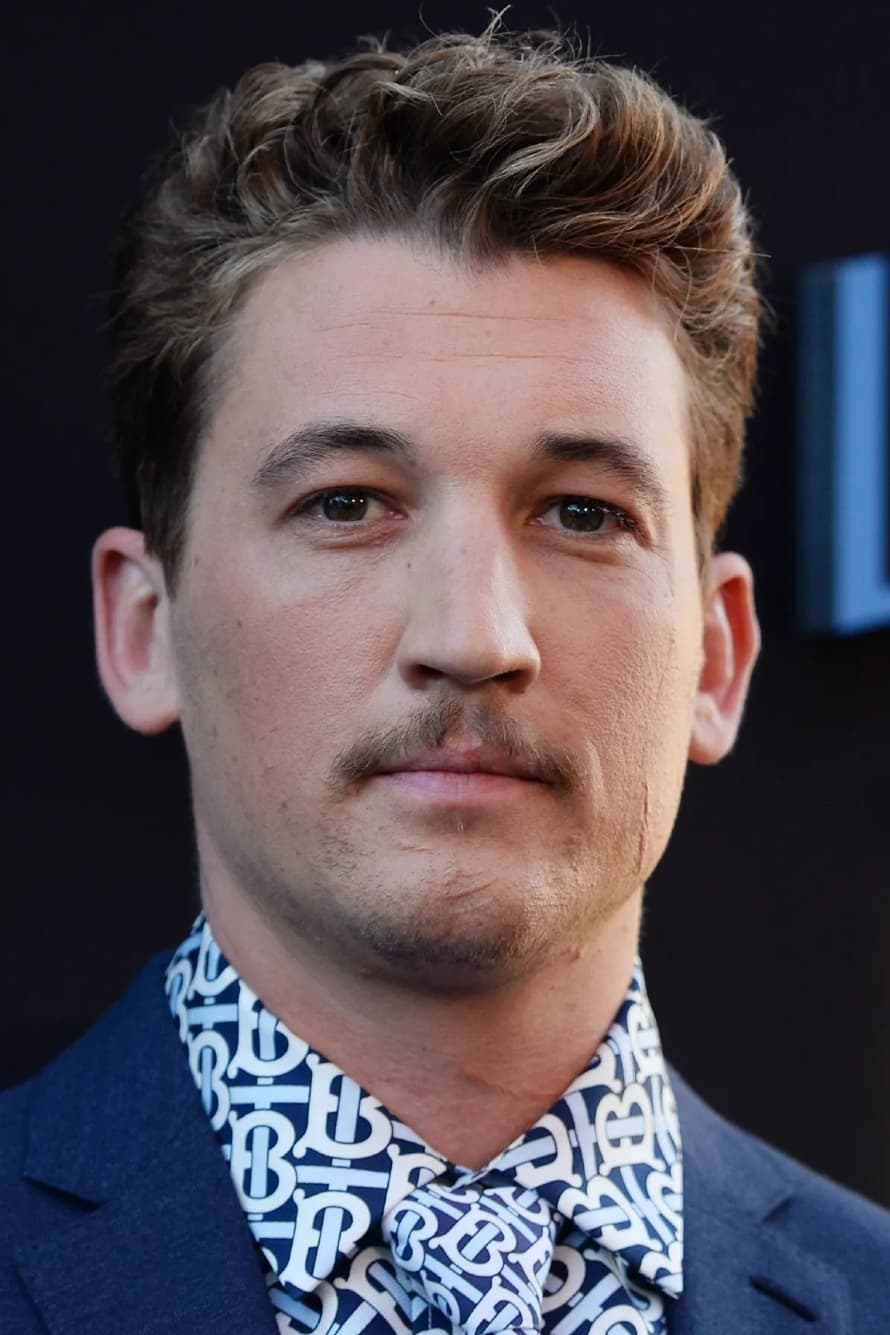
I was really excited for the new ‘Fantastic Four’ movie, but it seemed like it had a bit of a troubled production. I heard the budget was around $120 million, and they had to rush some things at the end with reshoots, which also meant they couldn’t do a full press tour. Sadly, it didn’t perform as well as Disney hoped – it made around $160 million worldwide, and that’s not quite where a big comic book movie like this needs to be.
After the first few weeks of release, plans for a sequel were cancelled. The creative direction of the story and characters changed, and the actors began focusing on projects that would earn awards or appear on streaming services, rather than immediately starting work on another superhero movie.
Will Smith in ‘After Earth’
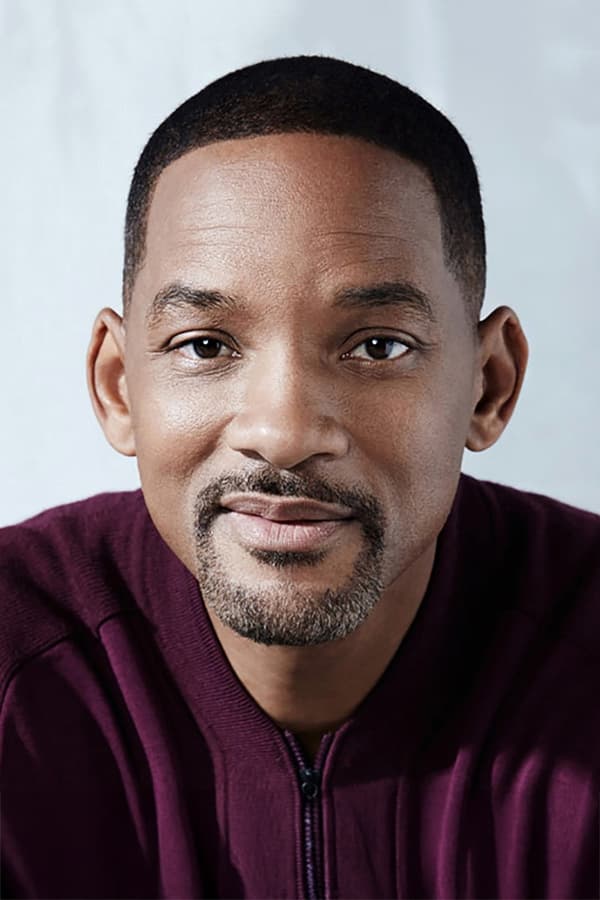
‘After Earth’ cost roughly $130 million to make and relied a lot on international audiences for profit. While it earned over $240 million globally, its performance in the United States was weaker than expected for a summer science fiction film starring a major actor.
Because the project didn’t do as well as hoped, plans for future stories set in the same world were cancelled. This led Smith to be more careful when choosing their next expensive projects. The results of this project were also studied within the company to better understand the risks of making high-budget science fiction films that don’t already have an established fanbase.
Chris Hemsworth in ‘Blackhat’

The movie ‘Blackhat’ cost about seventy million dollars to make, but it only earned a little over ten million dollars in the United States. Worldwide, it brought in around twenty million dollars, which wasn’t enough to cover its costs, even with revenue from sources like streaming and DVD sales.
Even though Chris Hemsworth was becoming more well-known thanks to other films, the movie didn’t attract many viewers. This disappointing result made the studio less interested in making similar, high-budget thrillers focused on technology, and it influenced Hemsworth to focus on returning to well-known franchises for his future projects.
Tom Cruise in ‘The Mummy’

The movie ‘The Mummy’ was intended to launch a series of interconnected monster films, backed by a large budget exceeding $100 million and a strong international marketing campaign. While it earned over $400 million worldwide, its performance in the United States was weaker than expected for a film meant to be the foundation of a franchise, and high production costs reduced its overall profit.
After the initial launch didn’t go as planned, the idea for a connected monster universe was cancelled, and the individual monster projects were reworked as separate films. Tom Cruise then focused on returning to his successful action movie series. Meanwhile, the studio stepped back to reconsider how to best bring its classic horror characters to the big screen.
Let us know your top choices in the comments, and also tell us about any highly-anticipated performances that didn’t quite live up to expectations.
Read More
- Silver Rate Forecast
- Gold Rate Forecast
- Красный Октябрь акции прогноз. Цена KROT
- Navitas: A Director’s Exit and the Market’s Musing
- Unlocking Text Data with Interpretable Embeddings
- 2026 Stock Market Predictions: What’s Next?
- VOOG vs. MGK: Dividend Prospects in Growth Titans’ Shadows
- Ethereum’s Fate: Whales, ETFs, and the $3,600 Gambit 🚀💰
- XRP’s Wrapped Adventure: Solana, Ethereum, and a Dash of Drama!
- Itaú’s 3% Bitcoin Gambit: Risk or Reward?
2025-10-06 11:17